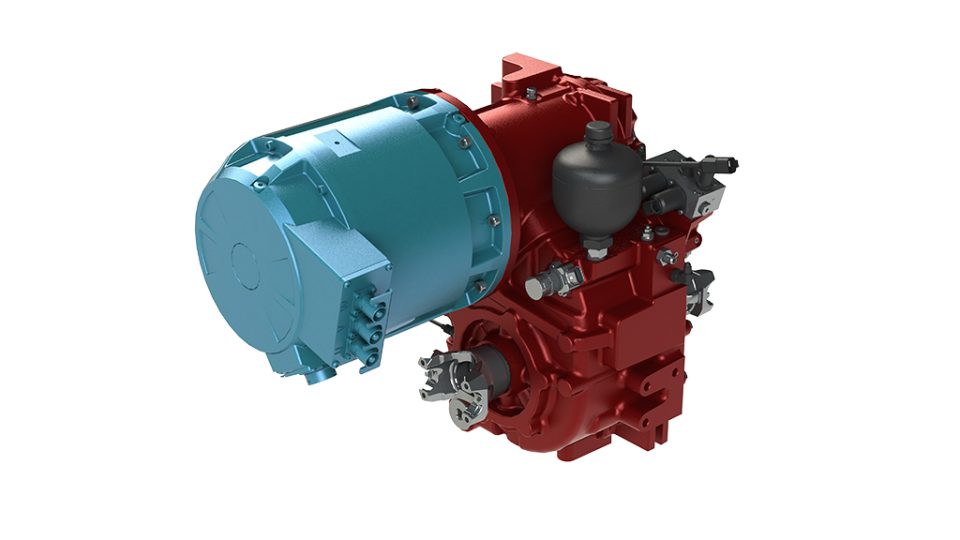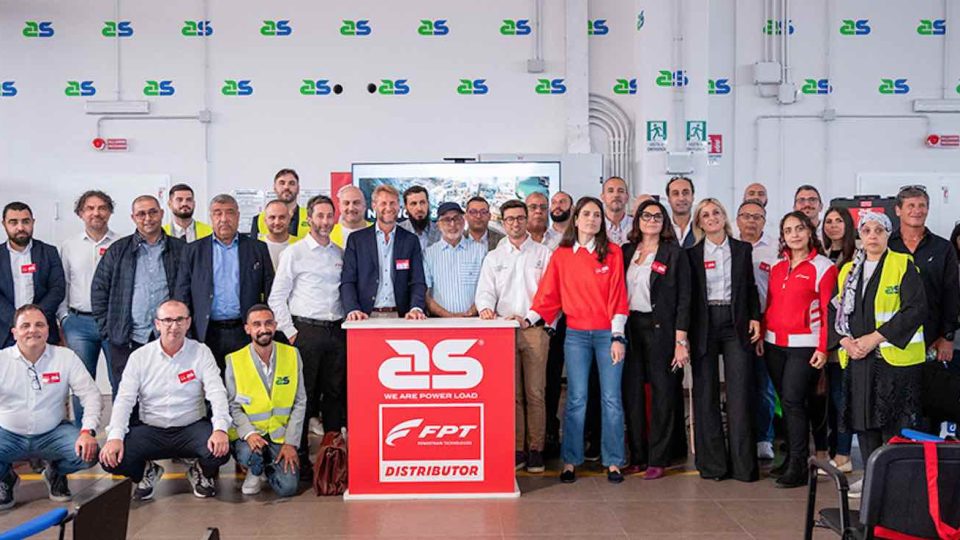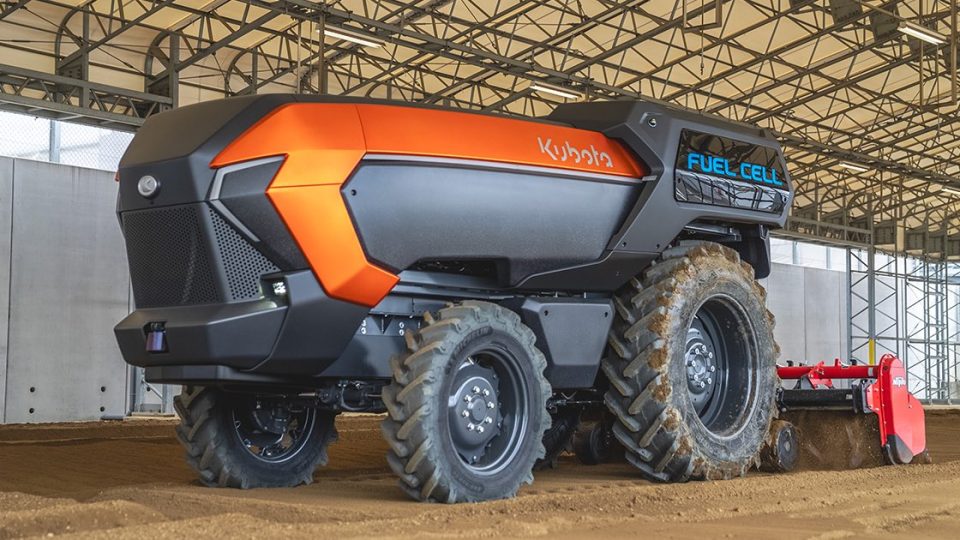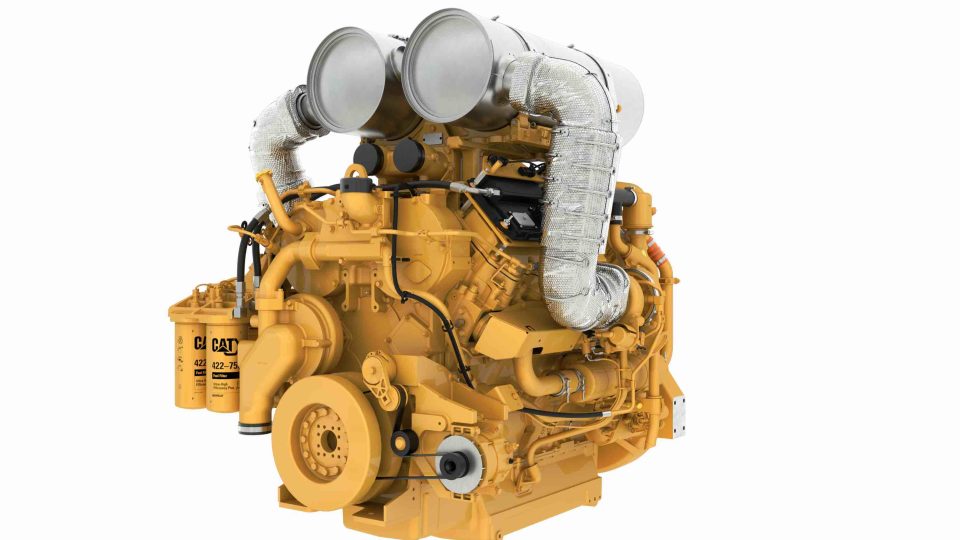Volvo Penta D11 on Øveraasen runway sweeper
Dashing through the snow, in a 428-horsepower Øveraasen RS 400 runway sweeper, operators at Sweden’s Skellefteå Airport make light work of heavy snowfall thanks to the immense power and extreme-weather reliability of its Volvo Penta D11 engine.
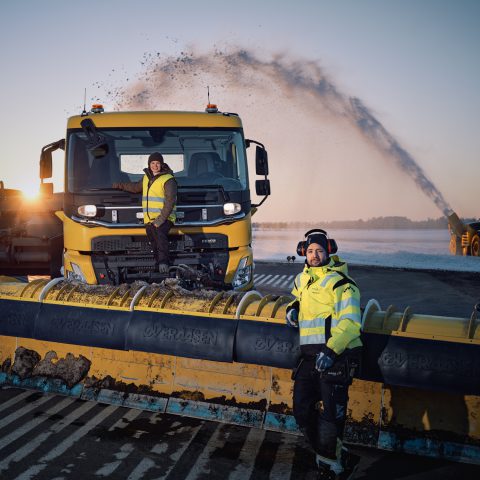
Dashing through the snow, in a 428-horsepower Øveraasen RS 400 runway sweeper, operators at Sweden’s Skellefteå Airport make light work of heavy snowfall thanks to the immense power and extreme-weather reliability of its Volvo Penta D11 engine.
With the sun’s total disappearance each winter paving the way for up to 3 meters of snow, much of Sweden’s northernmost region of Norrland would be completely cut off and virtually uninhabitable for several months of the year if it wasn’t for the highly efficient machines manufactured by the likes of Øveraasen AS. Producing a comprehensive array of equipment that allows roads, railways and airport runways to be swiftly cleared of all varieties of snow, ensuring vital transport links remain open, the Norwegian OEM celebrates its centenary of “Snow How” this year – and a key part of that expertise has been accumulated through trusting in the abilities of the powerful, reliable industrial engines supplied by Volvo Penta.
Few places highlight these advantages better than Skellefteå Airport, one of Sweden’s 10 busiest domestic terminals, lying just 250km (155 miles) below the Arctic Circle on the Gulf of Bothnia. As ‘a small airport with big visions’, like many major airports battling similar climates it relies heavily on RS 400 Performance Line multifunction runway sweepers to ensure safe landings and departures in otherwise prohibitive conditions.
Plowed and clear
As one of the most prestigious models in Øveraasen’s portfolio, the RS 400 boasts some impressive snow clearance statistics – all of them crucial to the successful performance of machines that are often pressed into service at a moment’s notice. With a Volvo FMX tractor unit pushing the 6.18m-long blade up front, snow can be displaced at speeds of up to 65km/h, at up to 357,500 m2/h – meaning Skellefteå’s pair of RS 400s can prepare its 2500m-long runway in just eight minutes, moving an average of 22,000 tonnes of snow per hour.
But, just as importantly, the stylish rear module houses a mighty Volvo Penta D11 engine, featuring common-rail fuel injection, an overhead camshaft and a fixed geometry turbocharger. Driving the 6.24m-long revolving brush, and a fan that is effectively five times more powerful than a hurricane, the D11 ensures that all remaining snow is effortlessly dispersed.
“It’s absolutely vital that we remove all the snow to make sure it’s safe to land,” says Daniel Lingehall, one of Skellefteå Airport’s Operation Technicians, who are responsible for everything from refueling and de-icing the airplanes to driving the snow-removal and firefighting equipment. “So as well as its gigantic plow that can remove snow in 5.5m-wide strips, the RS 400’s large, powerful and high-torque secondary engine is crucial for us.”
Providing almost instantaneous maximum torque (1938 Nm at 1400 rpm), and maintaining it all the way through a wide engine speed range up to rated power of 315 kW (428 hp), the RS 400’s TAD1183VE inline 6-cylinder engine delivers efficient fuel consumption and low noise levels without compromising on performance.
“When you’re dealing with machines like these, unscheduled stops are unacceptable – they need to be able to go from 0-100% in the blink of an eye, even while operating in extreme weather conditions,” explains Anna Maria Ullnert, Director Global Business Development, Industrial Sales at Volvo Penta. “To achieve this, the engine needs to have plenty of power and momentum – in other words, high torque.”


